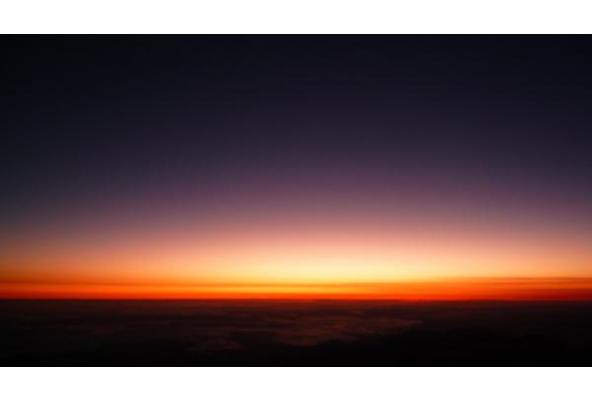The sun sticks around (Solstice) on December 21st for our longest nights in the Northern Hemisphere and these longest darkest days are celebrated/consoled in many different ways around the world – AND all these wonderful cultures made some of the most amazing ‘barefoot’ shoes the world knows over thousands of generations.
USA


The Hopi Indians of Arizona call it Soyal with ceremonies of purification, gift-giving and protective spirits from the mountains. And of course made and still make amazing moccasins – spiritually believing you should only ever have one natural skin between your feet and the earth.


Chapel Hill might not be famous for its indigenous cobbling, but it has a particularly close place to my heart as that’s where I studied. It might seem an unlikely place for a winter solstice festival. In fact, it offers a truly unique one, hosted by the Eco-Institute at Pickard’s Mountain, focused on “Healing the Human-Earth Relationship” and each year, they set up a special event to mark the return of sunlight to the northern hemisphere. The Spiral of Light is a community event where attendees take a meditative walk and light their candle from within a spiral of evergreen boughs and candles. They then return from the center of the spiral, adding it to the end of the spiral and helping it grow. This ceremony helps bring light into the darkness, and symbolizes the light change on a global scale.
EUROPE


The hottest ticket for the Winter Solstice is to Newgrange in Ireland (28,000 people applied for 60 places this year): a Neolithic ancient temple constructed around 3200 BC, making it older than the pyramids in Giza. It was likely used as a religious site and possibly as a burial mound; on the winter solstice, it also offers a particularly unique experience. On the days surrounding the winter solstice, Newgrange is aligned perfectly that the inner chamber fills with light. This light passes through the ‘roof box,’ an opening designed specifically for this purpose and to celebrate the victory of life over death.


In Stonehenge, the sun would have set between the uprights of the tallest archway structure (officially called a trilithon) and some people say that traditionally the celebration of the longest night was more popular than the longest day (unlike today!)
Iron age shoes are some of the eldest ever found around North Western Europe.


In Scandinavia the mid-Winter festival is called St.Lucia’s day, lighting Yule logs to fend off the spirits during the longest night, with girls dressing up in white gowns, red sashes and wreaths of candals on their heads.
The Northern Scandinavian Sami people make their mocassins out of Reindeer hock (the skin below the knee) and with only hay for insulation these 1 layer boots keep people surprisingly warm in minus 40 degree temperatures all around the artic circle.
ASIA


In Iran, the festival of Shab-e Yalda celebrates the last day of the Persian month of Azar. Viewed as the victory of light over dark, and the birthday of the sun-god Mithra. Families celebrate together with special foods like nuts and pomegranates and some stay awake all night long to welcome the morning sun. These ancient sandals from Persia and/or Egypt are made from Reeds.


Dong Zhi, the “arrival of winter,” is an important festival in China. It is a time for family to get together and celebrate the year they have had, special foods, such as tang yuan (glutinous rice balls), are enjoyed and the festival is associated with yin yang philosophies as light and positive energy begins to return to the northern hemisphere. Ancient Chinese moccasins respect the natural movement of the feet quite perfectly.
Japan – Tōji with Yuzuyu



